Idea by
Juan Tur, Alexandra Delgado y Daniel Cortizo
HUCAMP Arquitectos
Call for ideas 2018
Architecture renewal in relationship to public space as a catalyst for urban regeneration
Architecture renewal in relationship to public space as a catalyst for urban regeneration
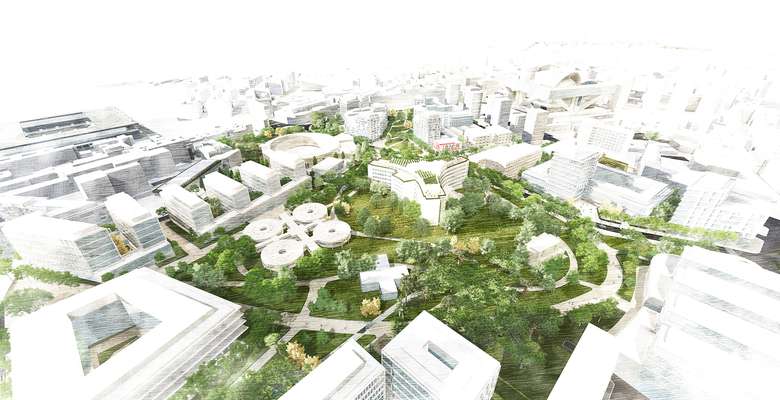
The processes of urban obsolescence will be increasingly common in an urbanized world, especially in some territories with a long urban history such as Europe.
To promote urban regeneration, the key idea is that architecture renewal in relationship to public spapce can become an urban catalyst, under certain conditions of design. The desired urban stimulus may be produced: the improvement of the urban ecosystem and the environment.
The future involves an architecture that acts together the public space that can produce reactions that diminish the environmental impact and promote urban revitalization.
Urban regeneration processes must consider architecture, which includes the architectural heritage and the new architecture, so that integrated, they can generate city in the city.
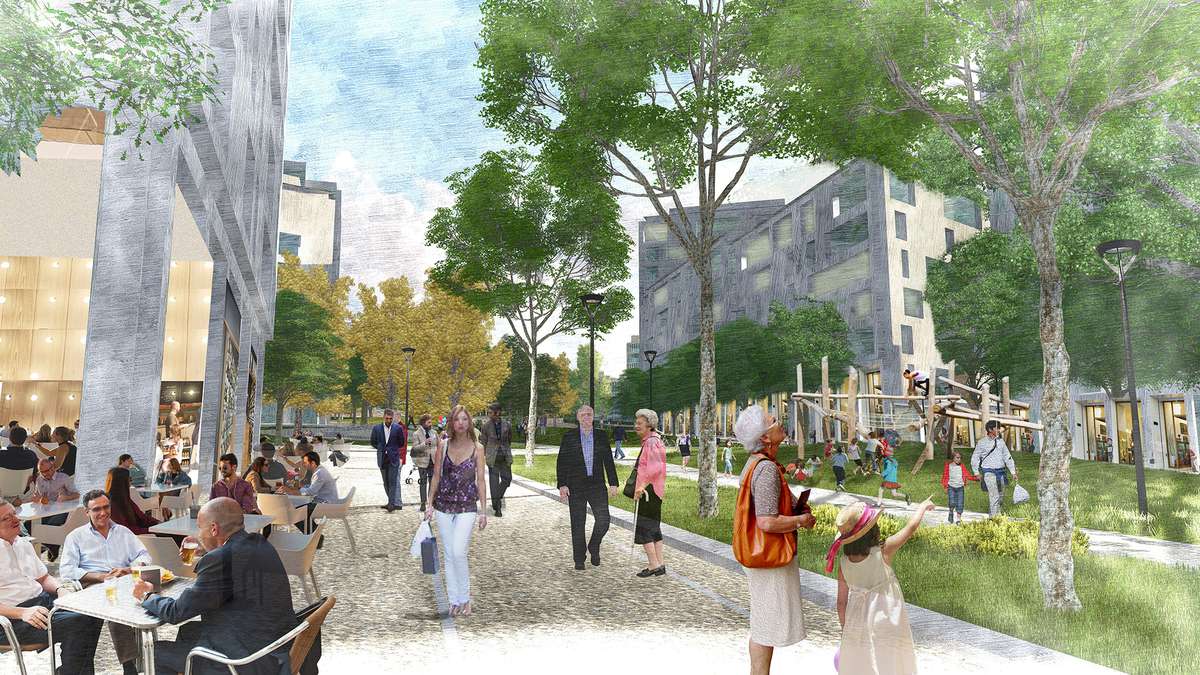
Architecture and public space, when work together, multiplies urban vitality effects. It is intended to foster neighborhoods with activity at the local level, with endowments on the edges that are shared with adjacent areas, but also at the urban and metropolitan level, because it will have uses that will attract people.
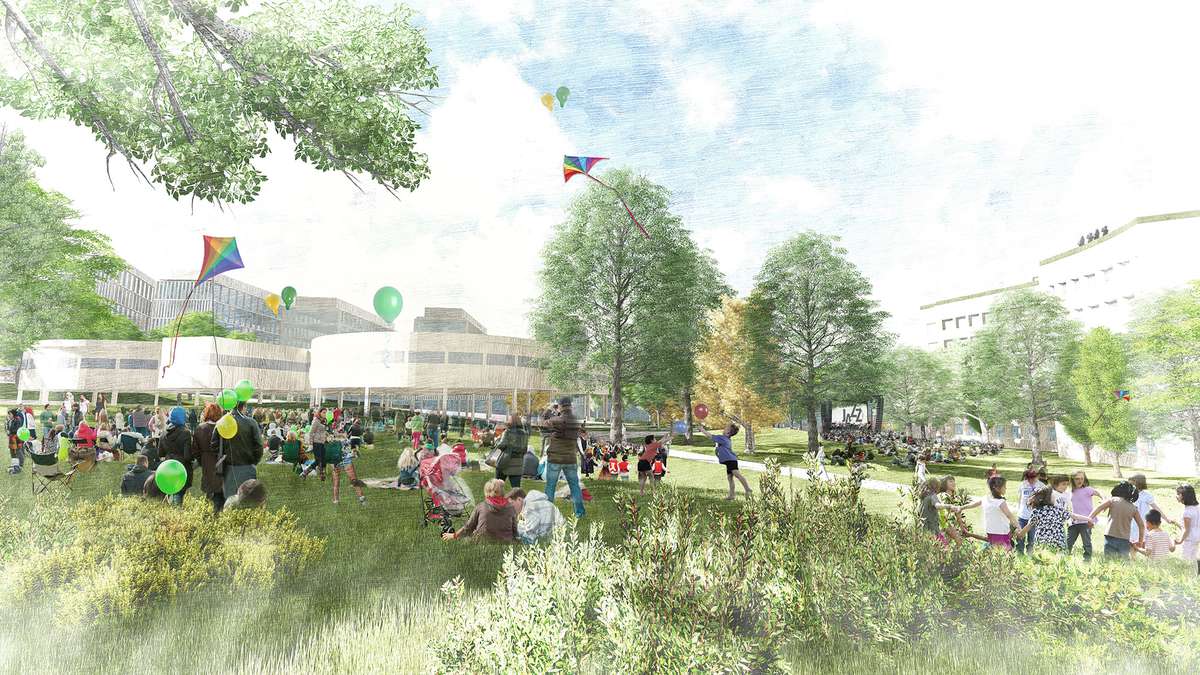
It will be a combination of uses, tipologies and architectural heritage and the new architecture that will generate its great value. Moreover, it is also intended to dilute the barrier between public and private activities, fostering places where employment, facilities and residence are combined. Places of synergies, exchanges and interconnections.
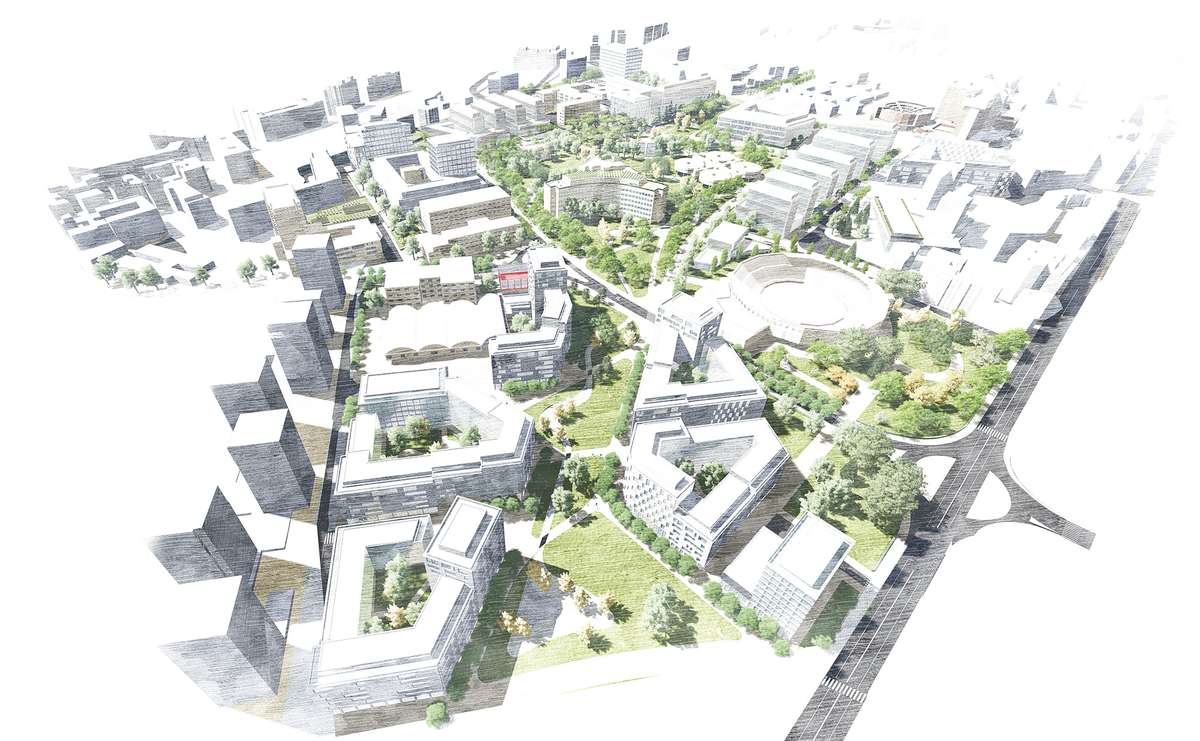
Architecture, under certain conditions of urban design, promotes public space as a relationship space, in an intergenerational “plaza”.
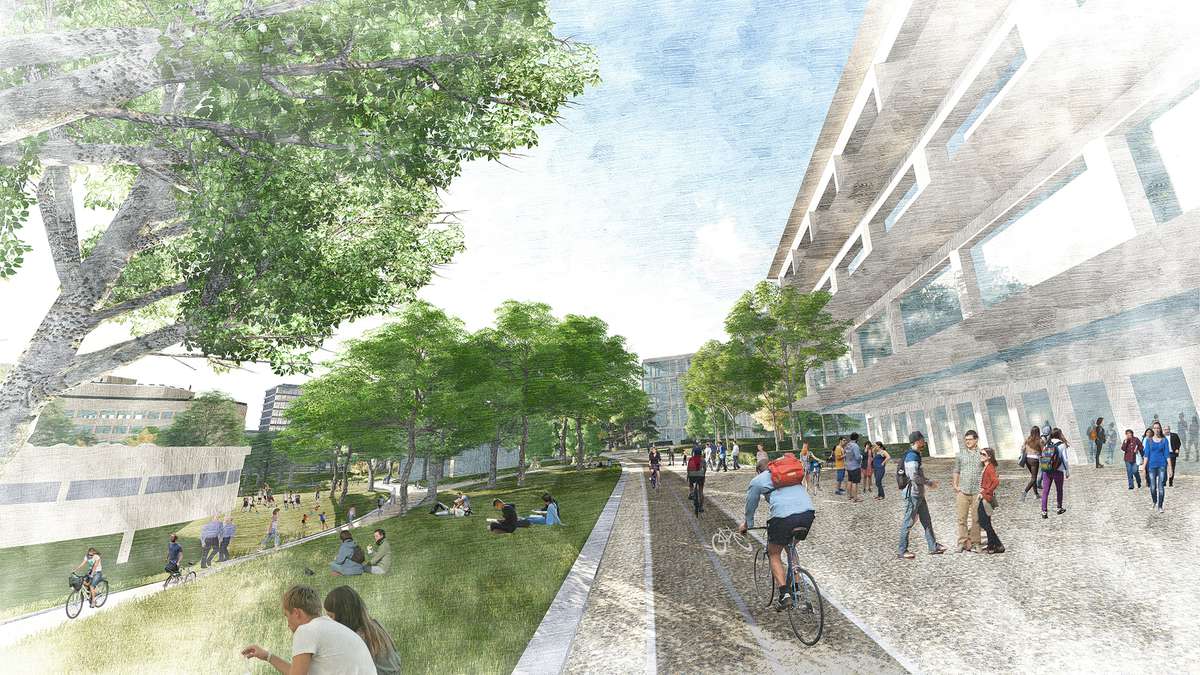
Architecture may promote activity and passive surveillance of public space. Then, future architecture vision promote an urban development in which the private vehicle is not the protagonist, but only another mean of transport.
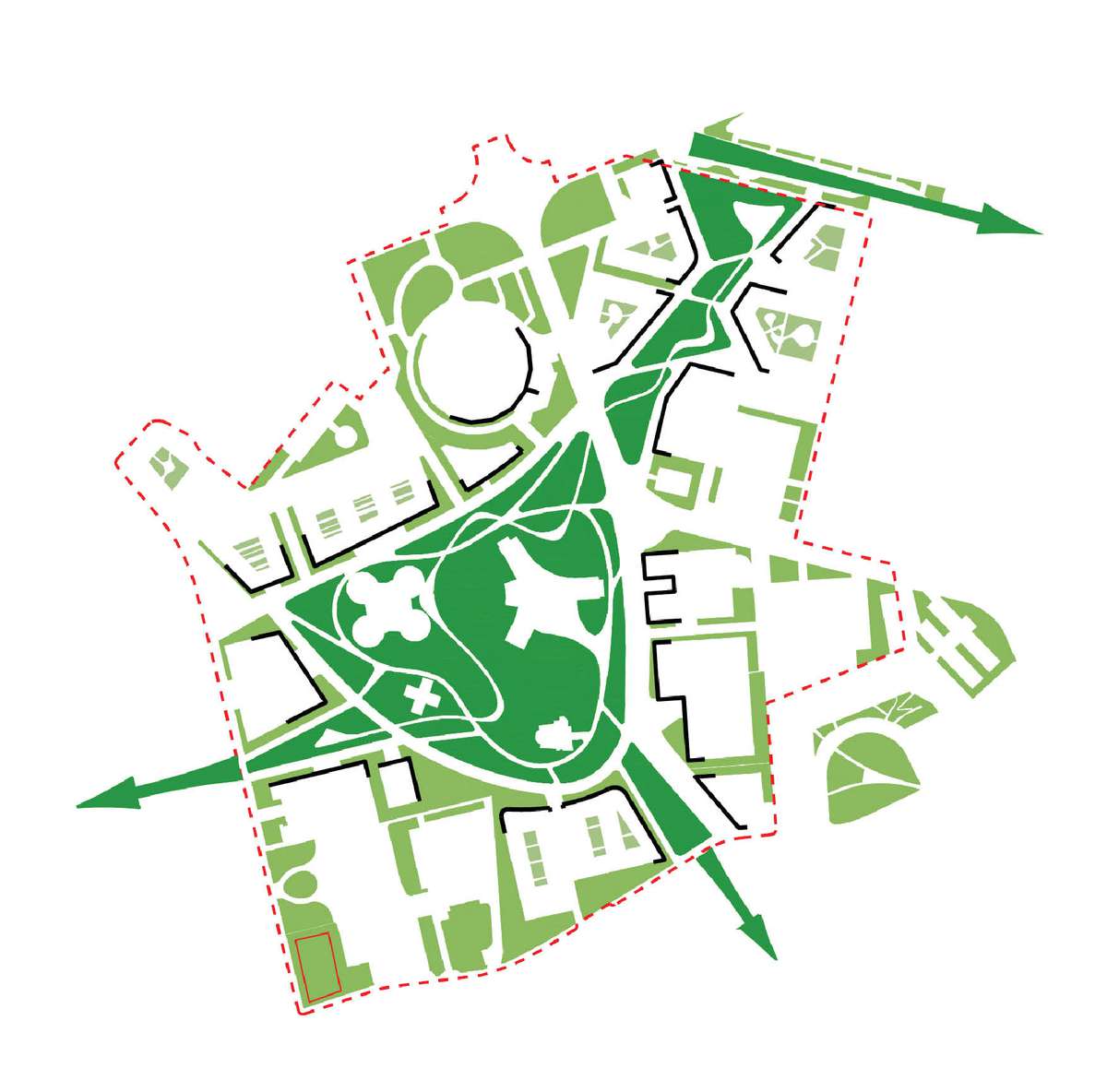
The association between architecture and public space, especially green areas, allows a mobility mainly pedestrian and cyclist, and where mobility and public transport are organized in the perimeter in a hierarchical manner, allowing a large green heart, quiet and sure. Future green city from the urban cells, the urban tissues.
Architecture renewal in relationship to public space as a catalyst for urban regeneration
Architecture renewal in relationship to public space as a catalyst for urban regeneration

The processes of urban obsolescence will be increasingly common in an urbanized world, especially in some territories with a long urban history such as Europe.
To promote urban regeneration, the key idea is that architecture renewal in relationship to public spapce can become an urban catalyst, under certain conditions of design. The desired urban stimulus may be produced: the improvement of the urban ecosystem and the environment.
The future involves an architecture that acts together the public space that can produce reactions that diminish the environmental impact and promote urban revitalization.
Urban regeneration processes must consider architecture, which includes the architectural heritage and the new architecture, so that integrated, they can generate city in the city.
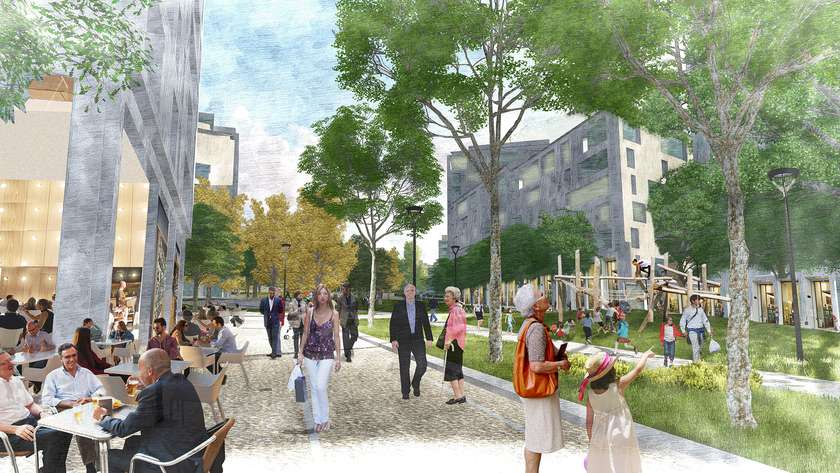
Architecture and public space, when work together, multiplies urban vitality effects. It is intended to foster neighborhoods with activity at the local level, with endowments on the edges that are shared with adjacent areas, but also at the urban and metropolitan level, because it will have uses that will attract people.
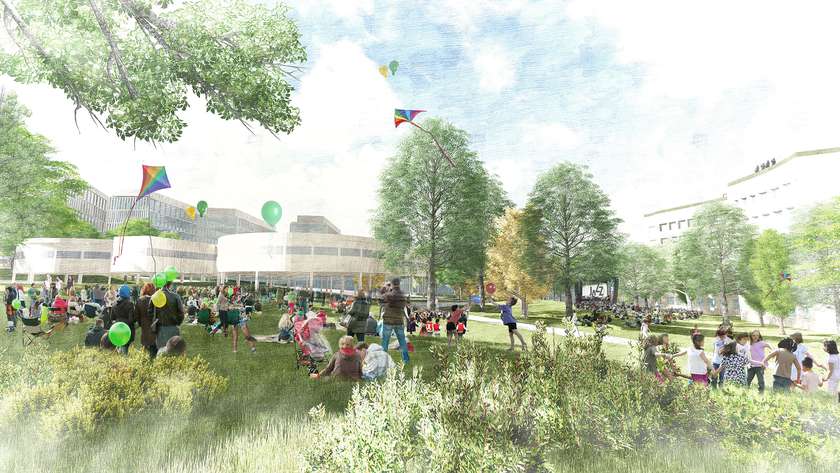
It will be a combination of uses, tipologies and architectural heritage and the new architecture that will generate its great value. Moreover, it is also intended to dilute the barrier between public and private activities, fostering places where employment, facilities and residence are combined. Places of synergies, exchanges and interconnections.
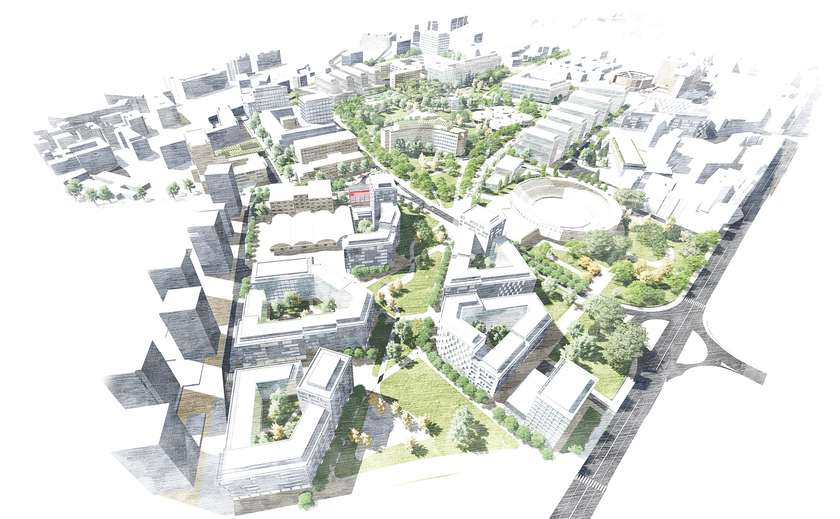
Architecture, under certain conditions of urban design, promotes public space as a relationship space, in an intergenerational “plaza”.
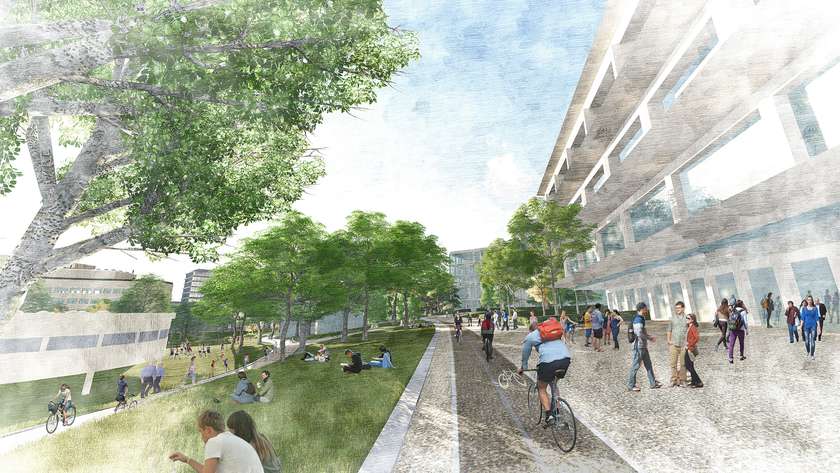
Architecture may promote activity and passive surveillance of public space. Then, future architecture vision promote an urban development in which the private vehicle is not the protagonist, but only another mean of transport.
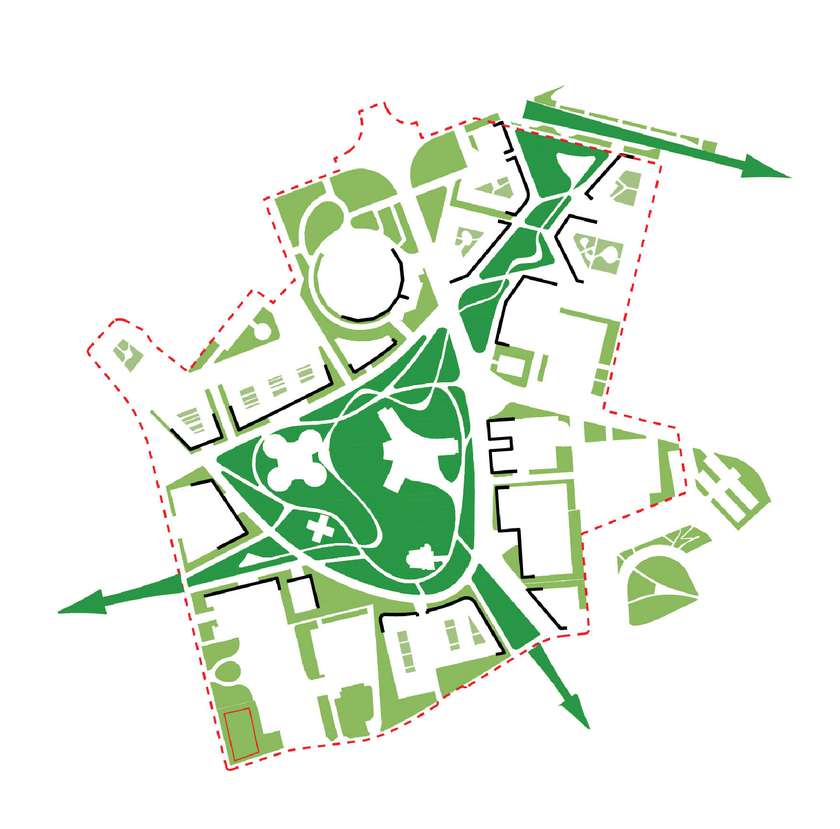
The association between architecture and public space, especially green areas, allows a mobility mainly pedestrian and cyclist, and where mobility and public transport are organized in the perimeter in a hierarchical manner, allowing a large green heart, quiet and sure. Future green city from the urban cells, the urban tissues.